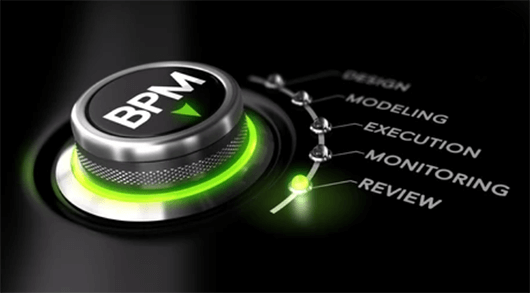The last couple of years have witnessed a significant shift in business analysis techniques taking innovative approaches. The techniques can help derive better business outcomes. Such techniques are used for a specific project phase like the beginning or on completion. But not all techniques can be applied to all projects.
List of top business analysis techniques used across industries
1. MOST Analysis:
Most Stands for ‘Mission, Objective, Strategy and Tactics’. This powerful, structured analysis framework helps analysts to analyze the functioning of the organization and develop plans to achieve a set goal. It also helps to know the steps to take to maintain proper strategic alignment. The process helps organizations to focus constantly on the mission to achieve success.
2. SWOT Analysis:
SWOT analysis stands for “Strength, Weakness, Opportunities and Threats”. Business analysis conducts a thorough analysis taking into consideration the following:
-
- External factors like Threats & Opportunities
- Internal factors like Strengths & Weakness
This enterprise-level analysis technique can be used in the project’s different stages based on requirements.
3. Use Case Modelling:
This technique illustrates the pictorial functioning of the business via user interactions within a proposed system. It is used mainly during the design phase as well as for software development. Different tools are put to use to create UML diagrams like IBM’s Rational Rose, Microsoft Visio, etc.
4. BPM (Business Process Modelling):
This technique involves process improvement used mostly during the project’s analysis phase. It is to analyze or understand the gaps between future and existing business processes. Following are the tasks performed in the BPM project:
-
- Defining & Designing process
- Business model analysis
- Strategic planning
- Technical analysis to derive complex business solutions
5. Non-functional requirement analysis:
It is used if there is a change in the technology solution. This analysis technique involves focusing on data storage requirements and system performance to measure the proposed system’s performance factors for live data. There are different types like:
-
- Reliability
- Logging
- Security
- Performance
6. Brainstorming:
It is considered to be a group activity and among the commonly used business analysis techniques by business analysts. Group activity helps generate creative ideas, propose solutions to tackle problems and root cause analysis. For other techniques, it works as the underlying technology for PESTLE analysis, SWOT analysis, etc.
7. Requirements Analysis:
It belongs to the project lifecycle, starting from where business stakeholders come up with a solution. Without appropriate requirement analysis, the project cannot derive the right development and design. Business analysts carry out interviews to know the intention of requirements. It includes the following:
-
- Workshops
- Interprets
- Captures
- Questions
8. PESTLE Analysis:
Some key environmental factors do influence business with regard to strategic planning. Such key factors are referred to as PESTLE.
-
- Political
- Economic
- Social
- Technological
- Legal
- Environmental
Each factor mentioned here directly influences decision-making in the business. Hence, it becomes essential to analyze these key drivers.
9. CATWOE:
For business analysis, it is considered to be a generic way to think and understand the objective of the business. It identifies the problem areas, understand how the solutions are likely to impact the business along with its associated people. It stands for Clients, Actors, Transformation, World View or Weltanschauung, Owner, Environmental Constraints, Owner, Environmental Constraints.
10. User Stories:
It is one of the popularly used business analysis techniques used especially in the Agile model. Iterations are required for designing, constructing a project and requirement gathering. Requirements are gathered from the end-user viewpoint to develop viable solutions.
Therefore, all the above-mentioned business analysis techniques are quite useful. The business analysts need to know them in-depth.



